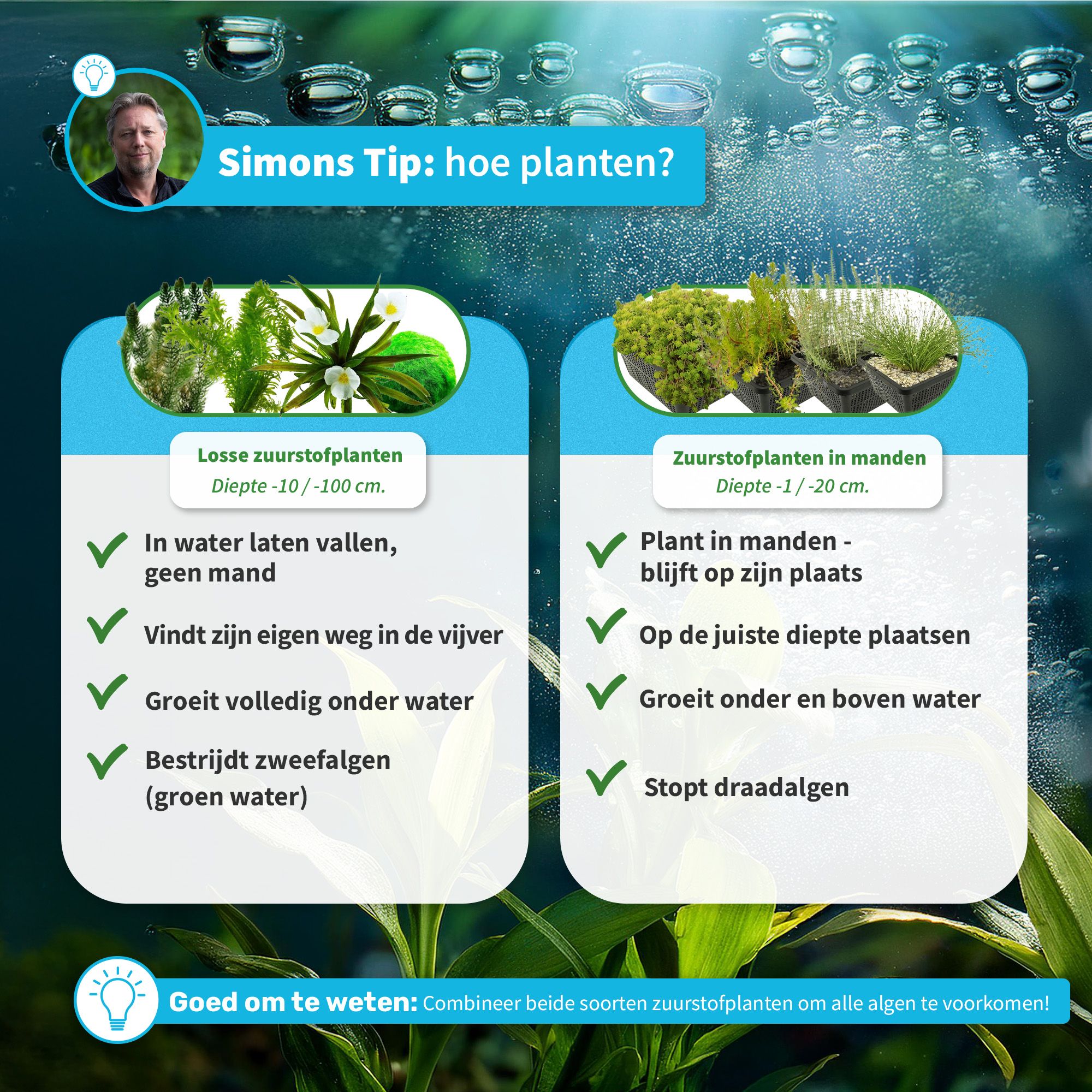Inside the Evolving World of Airline Food: Trends, Challenges, and the Future of In-Flight Dining
Introduction: The Changing Landscape of Airline Food
For decades, airline food has been the punchline of jokes and the subject of traveler complaints. Yet, the reality behind in-flight dining is far more complex and rapidly changing. Today, airline meals are a $15 billion global industry, poised for continued growth as passenger expectations and culinary standards rise. This article explores the key drivers, market trends, challenges, and actionable strategies for travelers seeking a better experience with airline food.
Understanding the Airline Meals Market
The modern airline food industry is a dynamic sector integral to the overall passenger experience. In 2025, the market is valued at approximately $15 billion and is projected to grow at a compound annual rate of 5-6% through 2033, fueled by rising global air travel, increasing disposable incomes, and evolving consumer preferences [1] [2] . Airlines are responding by investing in menu innovation, technology, and partnerships with renowned chefs and catering companies.
What Makes Airline Food Unique?
Serving food at 35,000 feet presents unique operational and culinary challenges. Reduced humidity, lower air pressure, and background noise all dull your senses of taste and smell. Airlines use strategies like seasoning adjustments, special packaging, and food technology to compensate for these limitations. Technological advances, including vacuum-sealed packaging and freeze-dried meals, help preserve freshness and enhance safety, even on long-haul flights [5] .
The Push for Quality and Customization
Modern travelers expect more than just a basic meal tray. Airlines are expanding their offerings to include vegetarian, vegan, gluten-free, and halal meals, as well as customizable options. For instance, Qatar Airways allows passengers to review upcoming menus and ingredients via their website or app, increasing transparency and safety for those with allergies or dietary restrictions [4] . Collaborations with high-profile chefs and brands-such as Delta’s partnership with Shake Shack-have brought premium burgers and gourmet experiences to the skies, especially in premium cabins [3] .
Market Segmentation: Economy vs. Premium Cabins
Differentiation by cabin class is a fundamental aspect of airline catering. Premium cabins (business and first class) often feature multi-course, chef-designed meals, while economy offerings tend to be simpler. However, even in economy, airlines are introducing more varied and higher-quality options to compete for customer loyalty. The premium meal segment is experiencing the fastest growth, driven by business travelers and passengers willing to pay for superior service [1] .
Key Regional Trends and Growth Areas
While North America and Europe are established leaders in the airline food market, the Asia-Pacific region is witnessing the highest growth rate, propelled by rapid expansion in air travel across countries like China and India. The Middle East, with its major international aviation hubs, is also emerging as a significant market. Regional culinary preferences and spending patterns shape the type and quality of meals offered [5] .
Transparency, Safety, and Dietary Needs
Health, safety, and transparency are top-of-mind for many travelers. Airlines are enhancing labeling, ingredient disclosure, and food safety practices. For passengers with allergies or intolerances, knowing what ingredients are in their meal is critical. Leading airlines now provide detailed ingredient lists and pre-ordering options to accommodate a broader range of dietary requirements [4] .
Actionable Guidance: How to Get the Best Airline Meal Experience
1. Pre-Order Special Meals: Most airlines allow you to request special meals that cater to dietary needs (vegetarian, vegan, kosher, halal, gluten-free). You can usually do this during the booking process or by managing your reservation online. Check your airline’s official website for meal request options and deadlines.
2. Review Menus in Advance: Some airlines publish their upcoming menus online or in their app. If you have specific dietary needs or preferences, review these menus and ingredient lists ahead of time to ensure your needs will be met.

Source: successintheclassroom.com
3. Communicate Allergies Clearly: If you have severe allergies, notify the airline in advance and remind cabin crew when boarding. Bring necessary medication (like epinephrine) and consider carrying your own snacks as a backup.
4. Consider Upgrading or Paying for Premium Meals: If meal quality is a priority, consider upgrading to premium economy or business class, where meal options are typically more varied and higher quality. Some airlines also offer buy-on-board gourmet meals in economy for an additional charge.

Source: undergradeasier.com
5. Time Your Meal Requests: For long-haul flights, meal timing can impact freshness and satisfaction. If choices are offered, request your preferred meal earlier in the service for the best selection.
6. Stay Informed About Food Safety: Airlines are required to meet strict food safety standards. If you have concerns, look for airlines that highlight their food safety protocols and transparent sourcing on their official websites.
Challenges and Solutions in Airline Catering
The airline food industry faces significant challenges, including fluctuating fuel prices, economic downturns, and the need to comply with complex food safety regulations. Airlines must also balance cost control with the demand for higher quality and customization [2] . Innovative packaging, operational efficiency, and strategic partnerships with catering companies are helping airlines address these challenges. For example, major players like LSG Sky Chefs and Gate Gourmet are investing in technology and sustainable practices to meet evolving passenger expectations while managing costs [1] .
Alternatives and Future Directions
If you are dissatisfied with in-flight meal options, you often have alternatives. Many airlines let you bring your own food, subject to security and customs regulations. Look for airport vendors that specialize in travel-friendly, pre-packaged meals. The future of in-flight dining may include further personalization, more plant-based and health-conscious options, and expanded use of technology to track and improve food quality.
Summary: Key Takeaways for Travelers
Airline food is undergoing transformation, moving beyond stereotypes toward higher quality, greater transparency, and more diverse offerings. Travelers can take advantage of these improvements by proactively requesting special meals, staying informed about menu changes, and communicating dietary needs ahead of time. While challenges persist, innovation and consumer demand are driving airlines to continually raise the bar for in-flight dining experiences.
References
- [1] Market Report Analytics (2025). Airline Meals 2025-2033 Overview – Market Insights Report.
- [2] Archive Market Research (2025). Airline Meals Insightful Analysis: Trends, Competitor …
- [3] The Food Institute (2025). Airlines Look to F&B to Up Their Customer Experience.
- [4] WTCE Hub (2023). How airlines can respond to passenger food trends.
- [5] DataIntelo (2025). Aviation Food Market Report | Global Forecast From 2025 …
MORE FROM hotondeals.com













